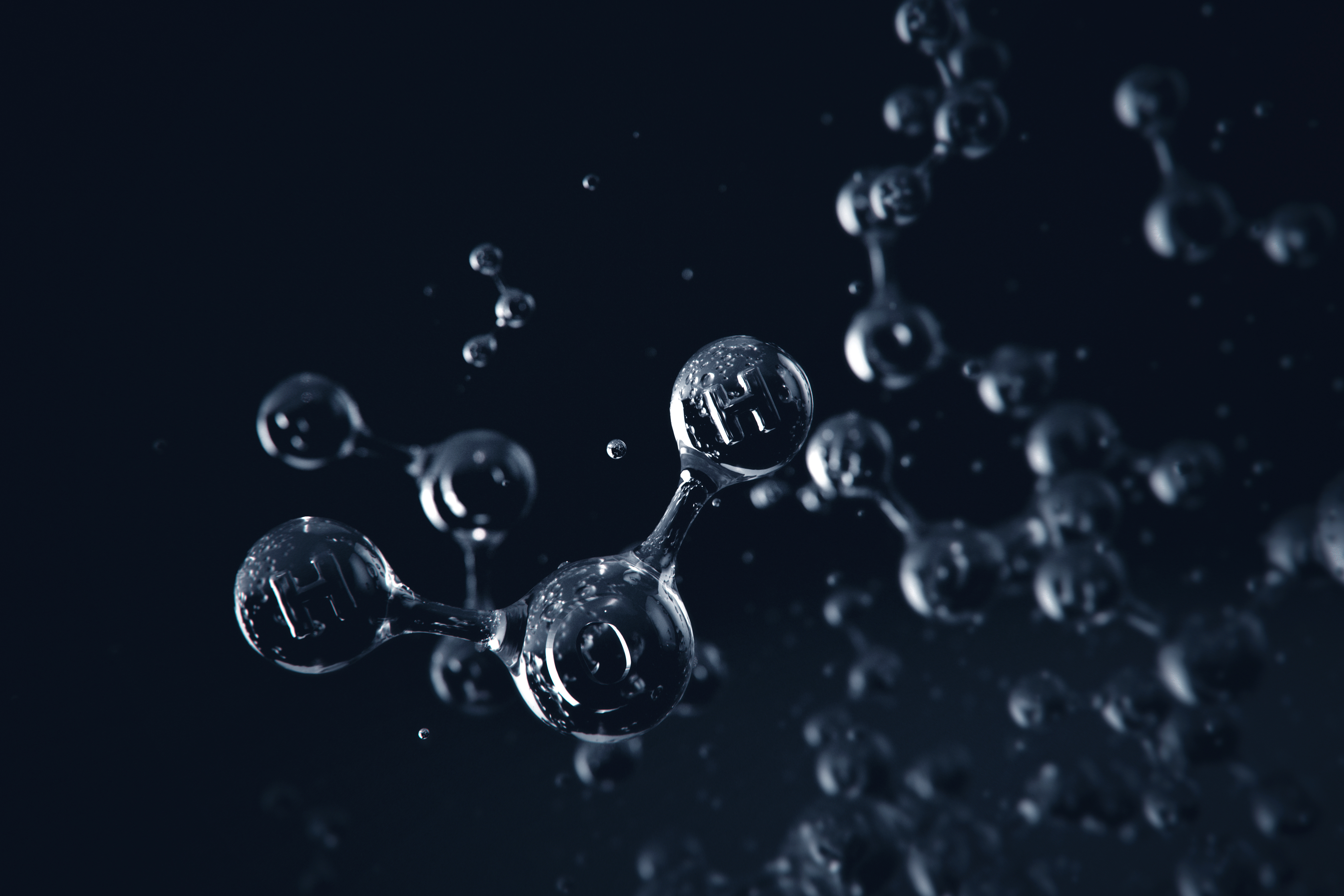
Vectors

Vectors
Vectors
As an essential energy vector for the energy transition, hydrogen is frequently stored and transported in the gas phase.
Marine applications, however, require large amounts of energy and therefore large quantities of hydrogen. For some marine uses, an alternative solution to gaseous hydrogen will be essential, such as hydrogen in the liquid phase or liquid carriers such as ammonia or methanol.
The use of these alternative storage vectors requires an additional step of releasing the stored hydrogen or reforming it. HELION is aware of the challenges for the future of the hydrogen sector and has been working for more than 10 years on compatibility with vectors such as LHC (Liquid Hydrogen Carrier), in order to be able to meet the storage constraints of its customers.
Overview of these alternatives to hydrogen gas:
Liquid hydrogen : With 5 times more hydrogen for the same volume of gas at 200 bar pressure, this solution has been used since the initial stages of space programs. It guarantees hydrogen purity that is compatible with the use of PEM fuel cells. The technologies are mature and commercialized but require significant investment. The boil-off phenomenon limits the use of liquid hydrogen to a few days of storage.
LNG : Available for refueling in various port infrastructures, this is the technical choice made by various shipowners for their recent constructions. The CMA CGM Jacques Saadé, the largest container ship running on LNG when it was delivered, is an example of these new decarbonized ships with a reduced environmental footprint. Fuel cells can operate on LNG, with the use of a reformer, transforming the natural gas according to the following chemical reaction:
CH4 + H2O ↔ CO2 + H2
HELION has done pioneering work on this subject, by delivering a system coupling a reformer and fuel cells as part of the COREPAC project. As a first experiment in France, this enabled to demonstrate the feasibility of the combined operation of the two systems.
However, natural gas remains a CO2 emitter. The use of biogas or e-methane is necessary for the cycle to be truly decarbonized.
Methanol : This vector draws attention from players in the maritime and stationary applications. Stable at room temperature and pressure, it is therefore easier to store than other carriers. It requires a reforming step:
CH3OH + H2O ↔ CO2 + 3H2
HELION has undertaken work to qualify the products available on the market, and to verify the perfect compatibility of the hydrogen produced with its fuel cells. Methanol can be obtained from green hydrogen, combined with a CO2 source.
Ammonia :Present in industry today, it is particularly used for the production of fertilizers. It is also seen as a potential transport vector for hydrogen. It is toxic and therefore must be handled with care, but its supply chain exists. Its great advantage is to be able to fit into a completely carbon-free chain. It can indeed be produced from atmospheric nitrogen and renewable hydrogen (using the Haber-Bosch process).
Other vectors : Several other vectors are considered for the transport of hydrogen. Chemical molecules, organic or not, containing hydrogen, also require a reaction step to produce hydrogen compatible with the operation of a PEM fuel cell. These vectors have many advantages and HELION for example, has started work to test the operation of fuel cells with the Hydrosil vector. The QUALIFHY project will thus enable to test the operation of a HELION fuel cell with the hydrogen generator from the company HSL Technologies (Https://www.hysilabs.com/), which makes it possible to release hydrogen from the Hydrosil product. Stable and non-toxic storage at room temperature, it does not require any energy input to release the hydrogen, and also allows to consider a carbon-free energy transport chain.

